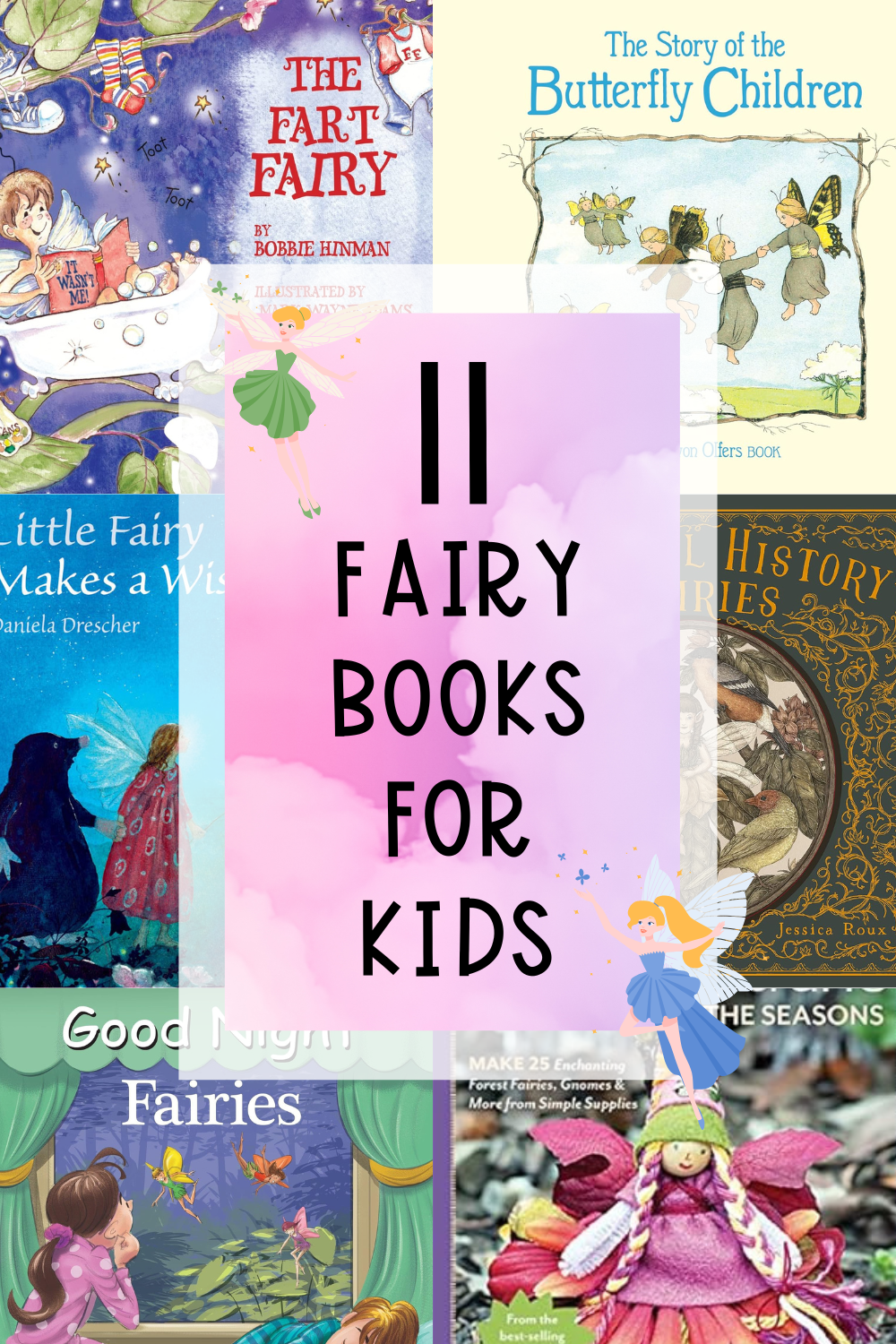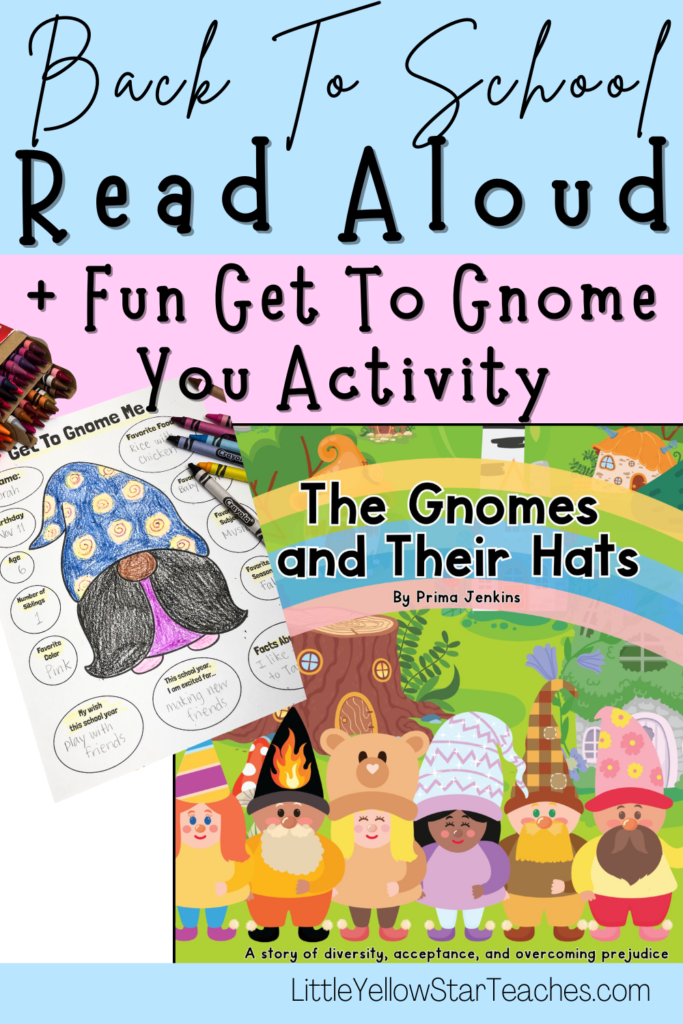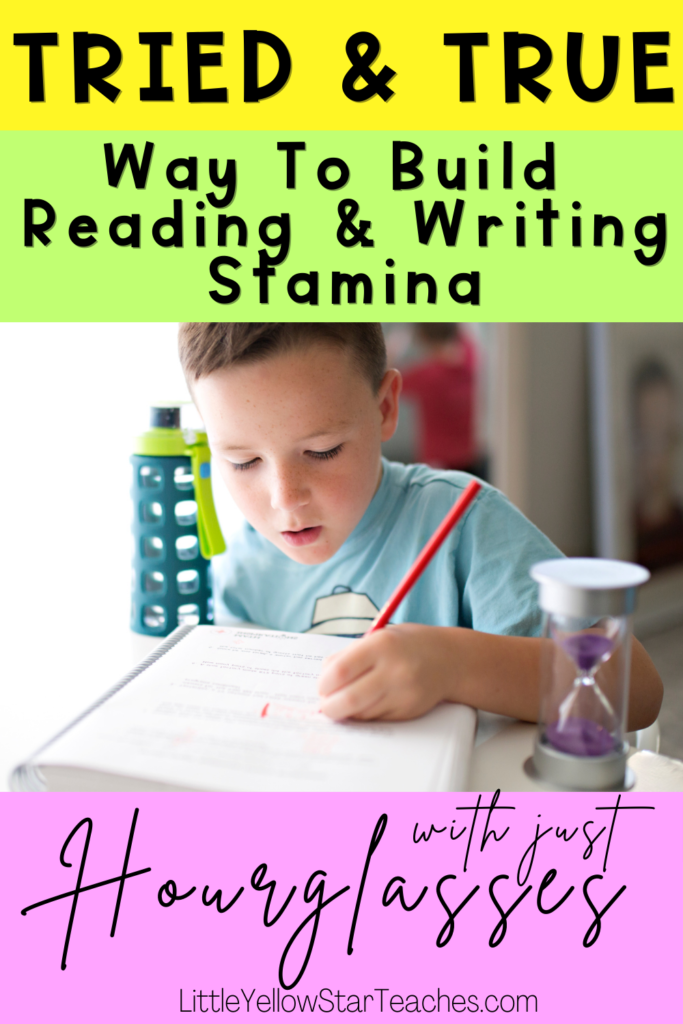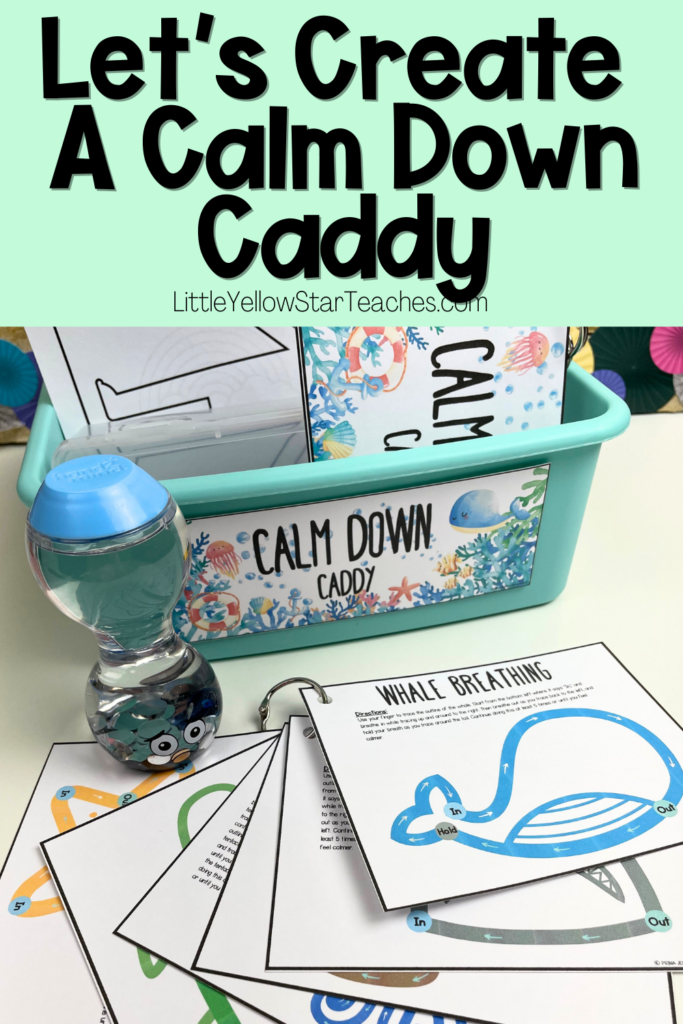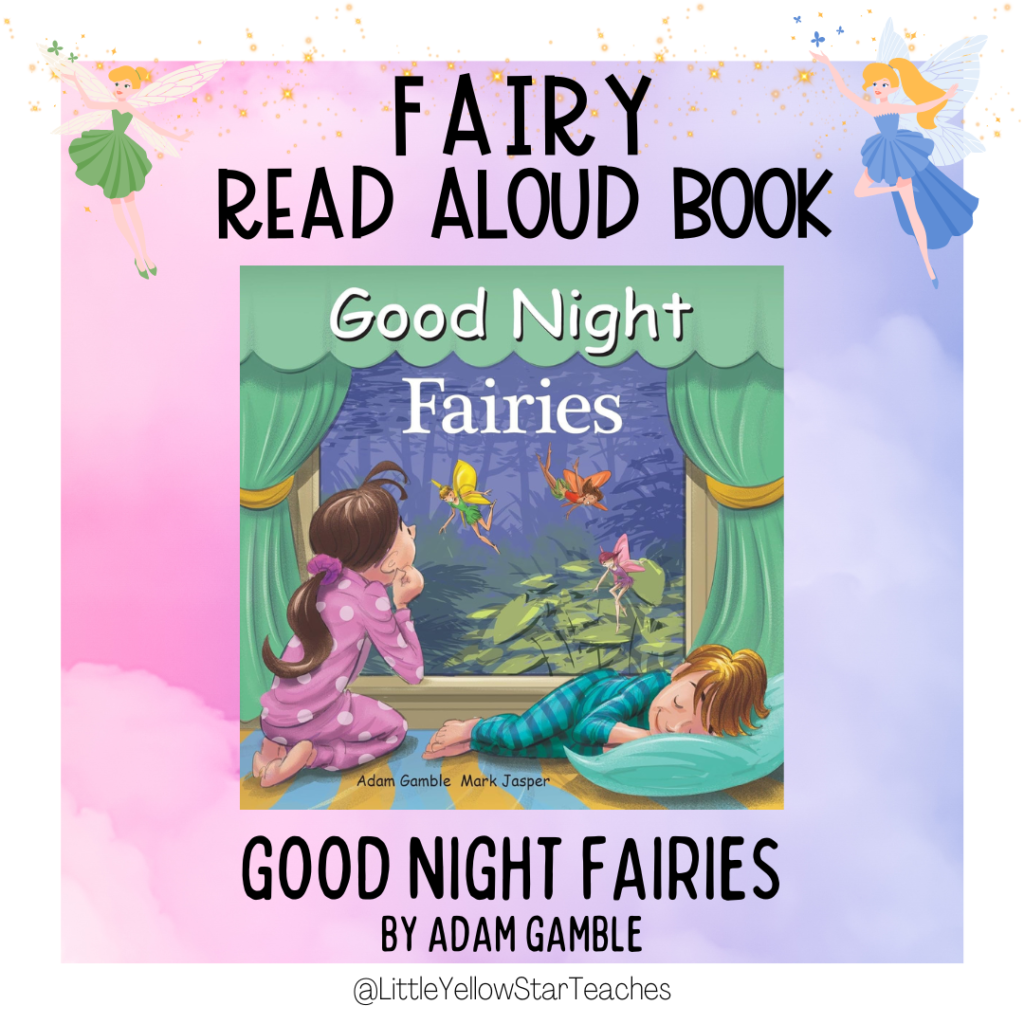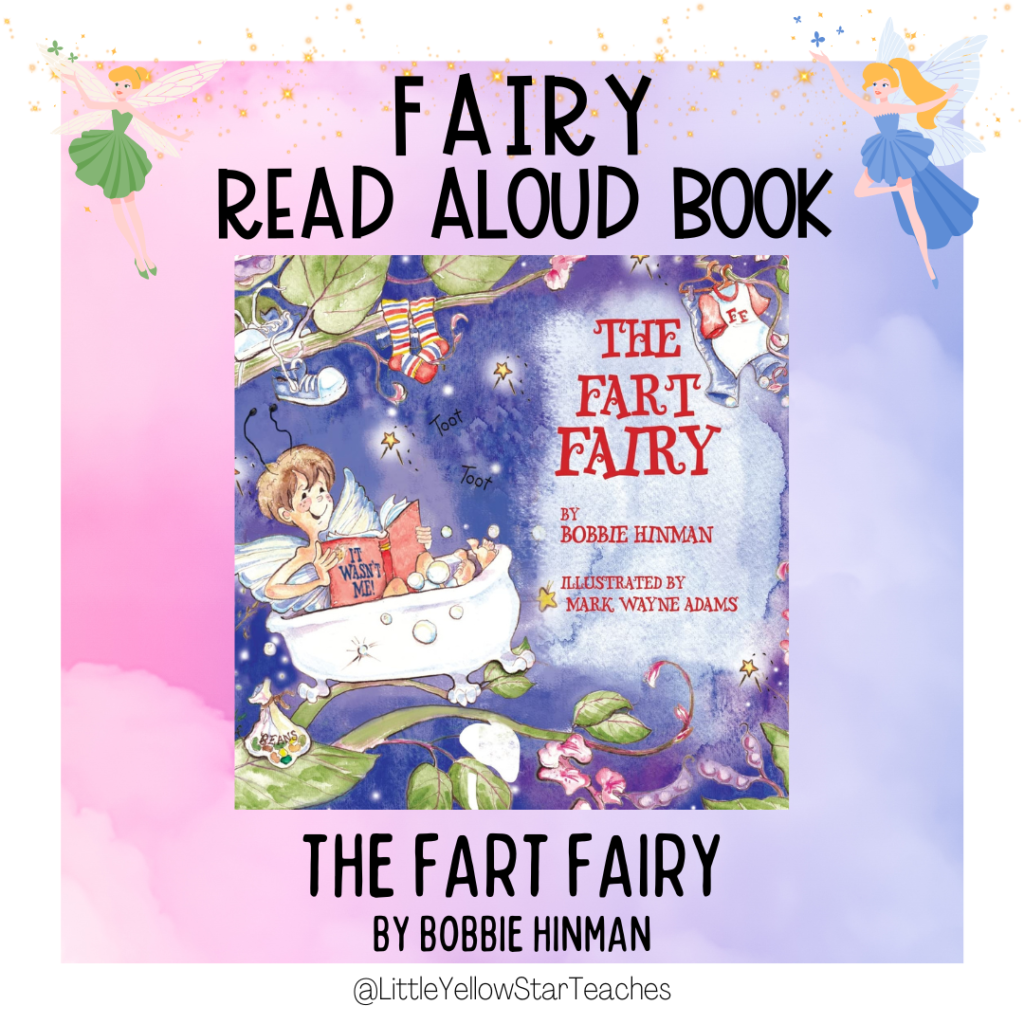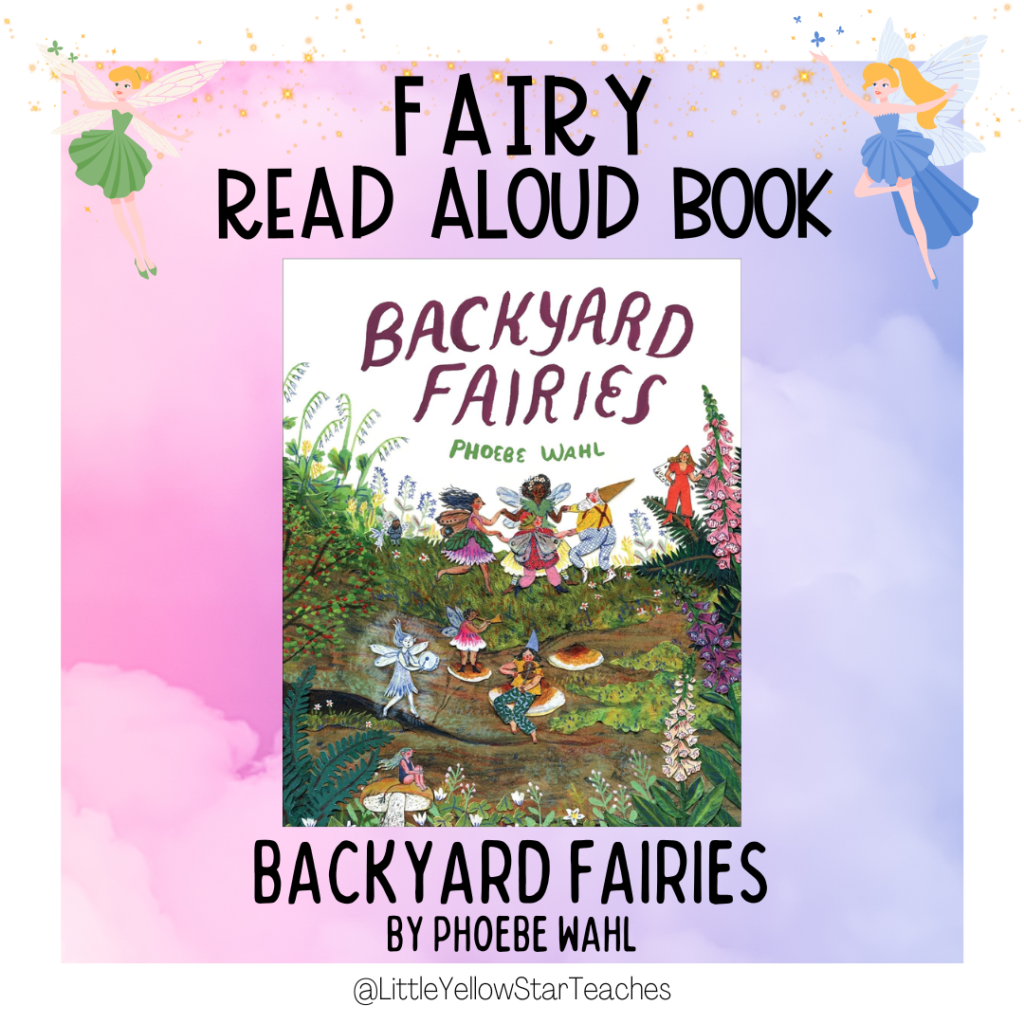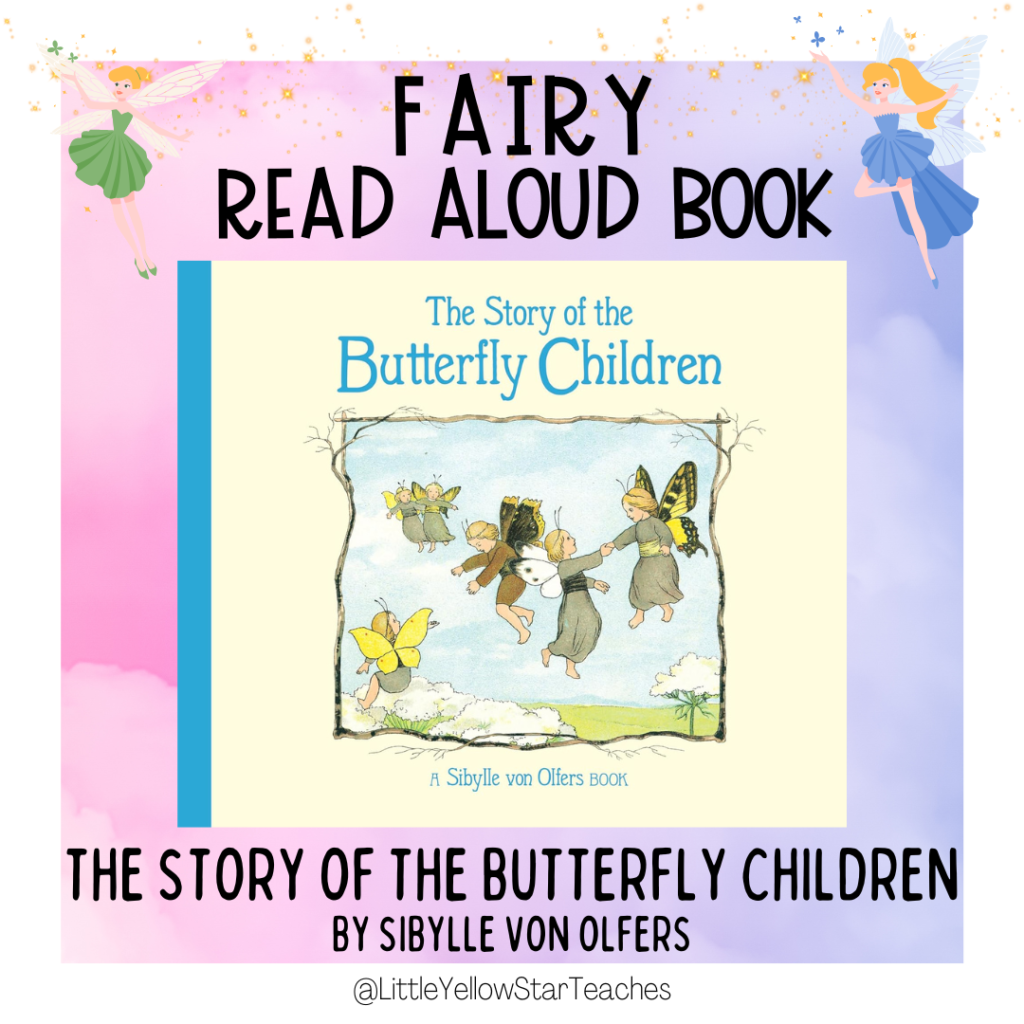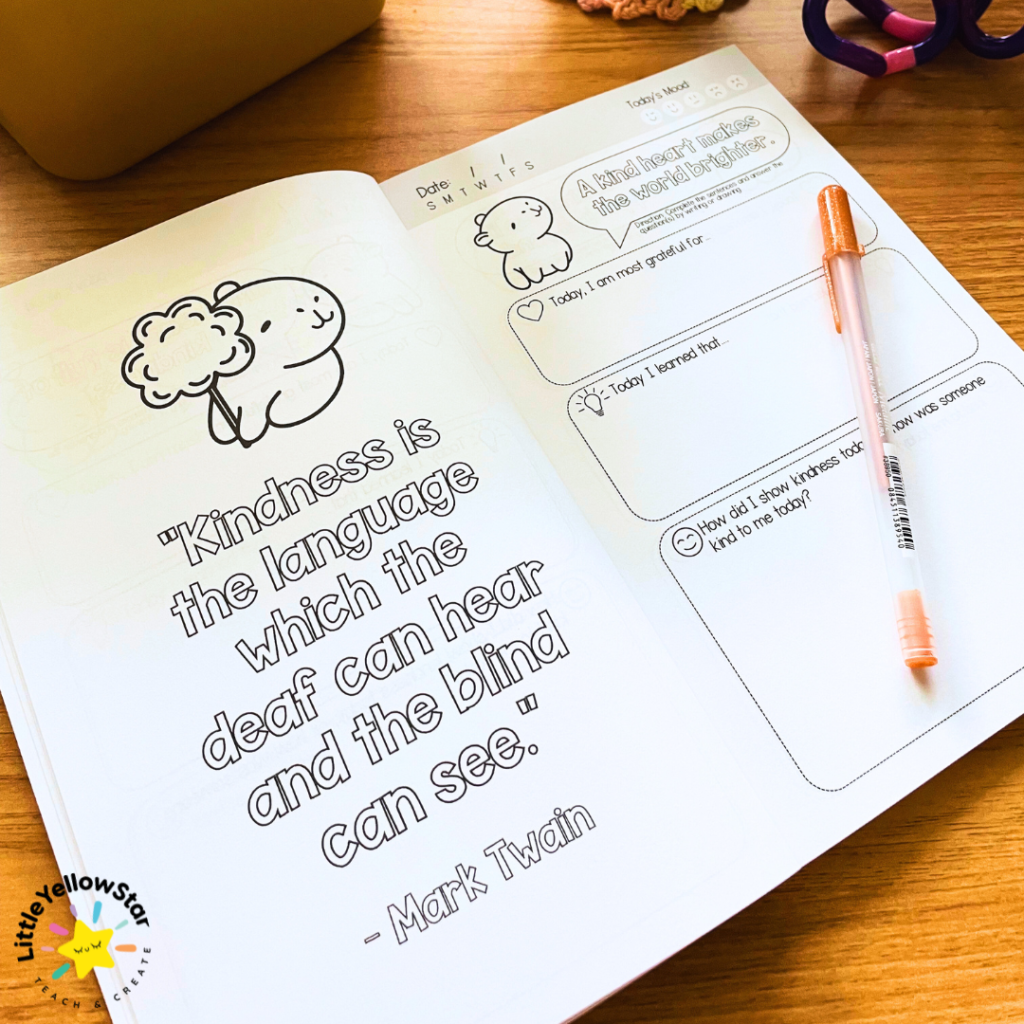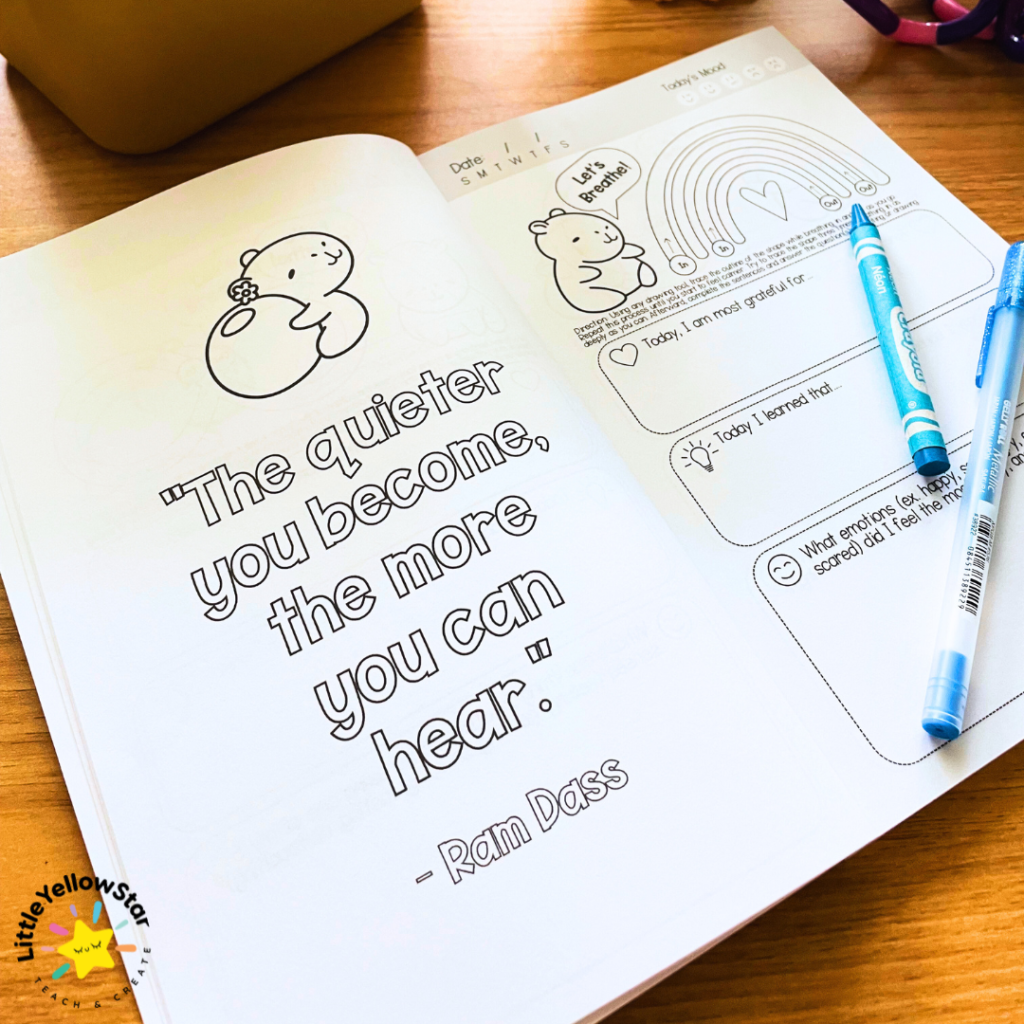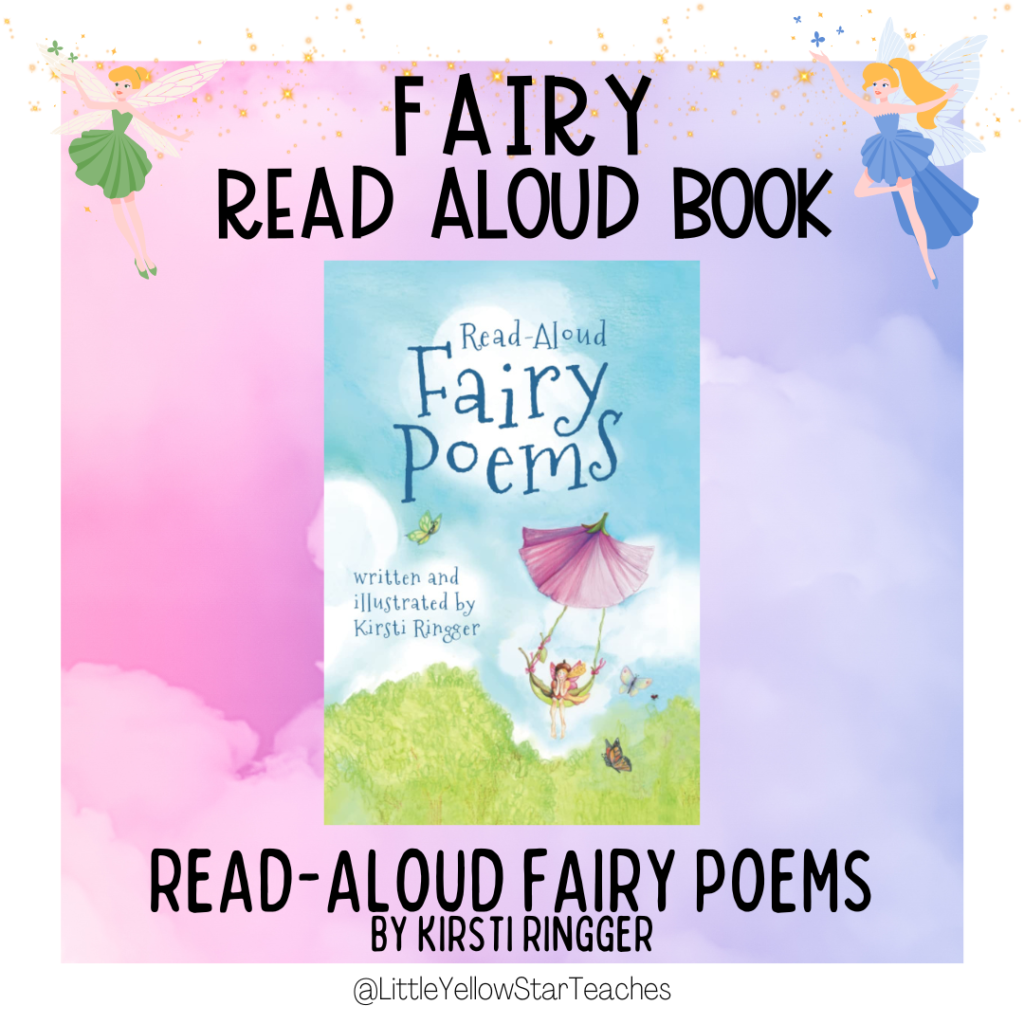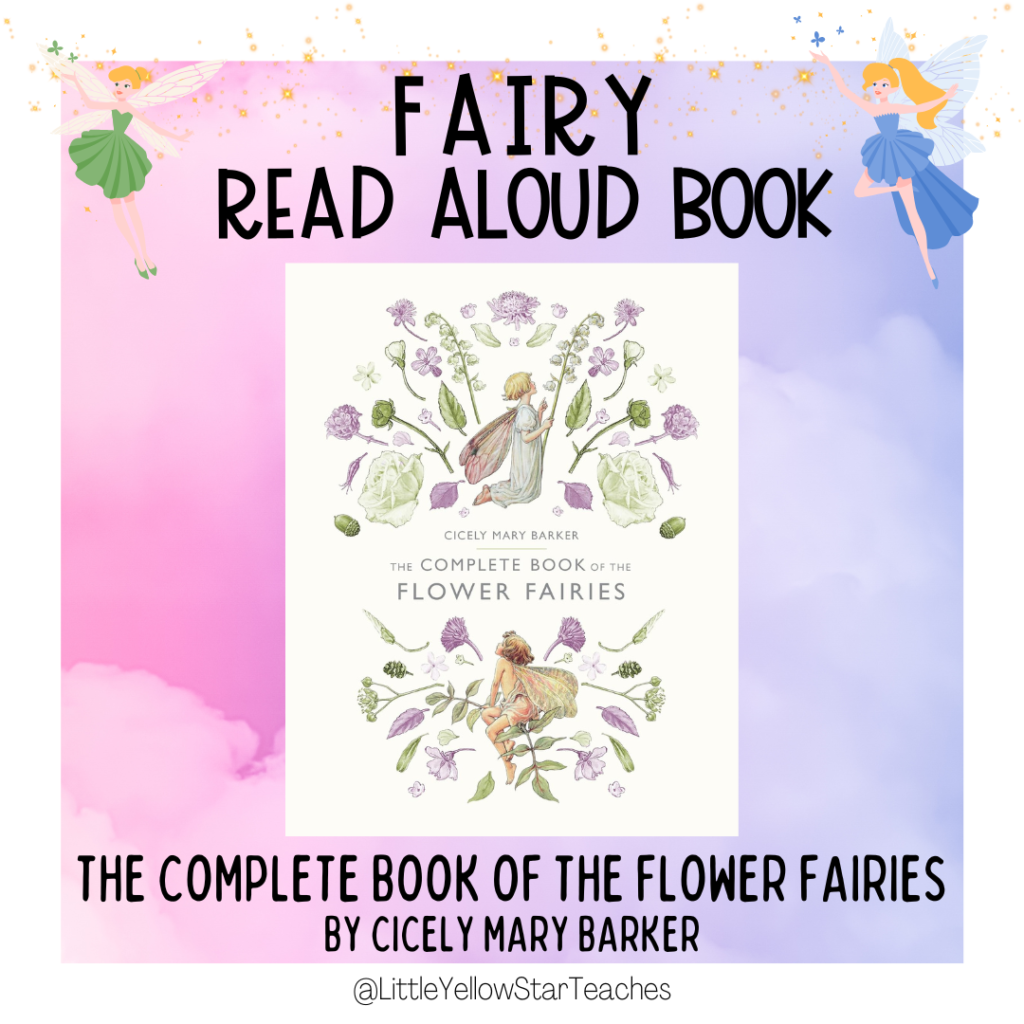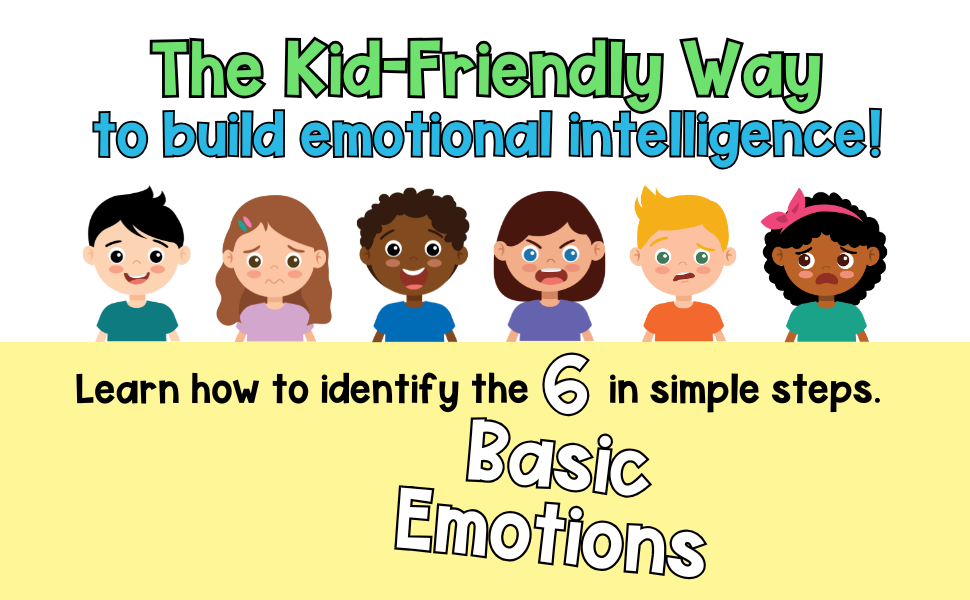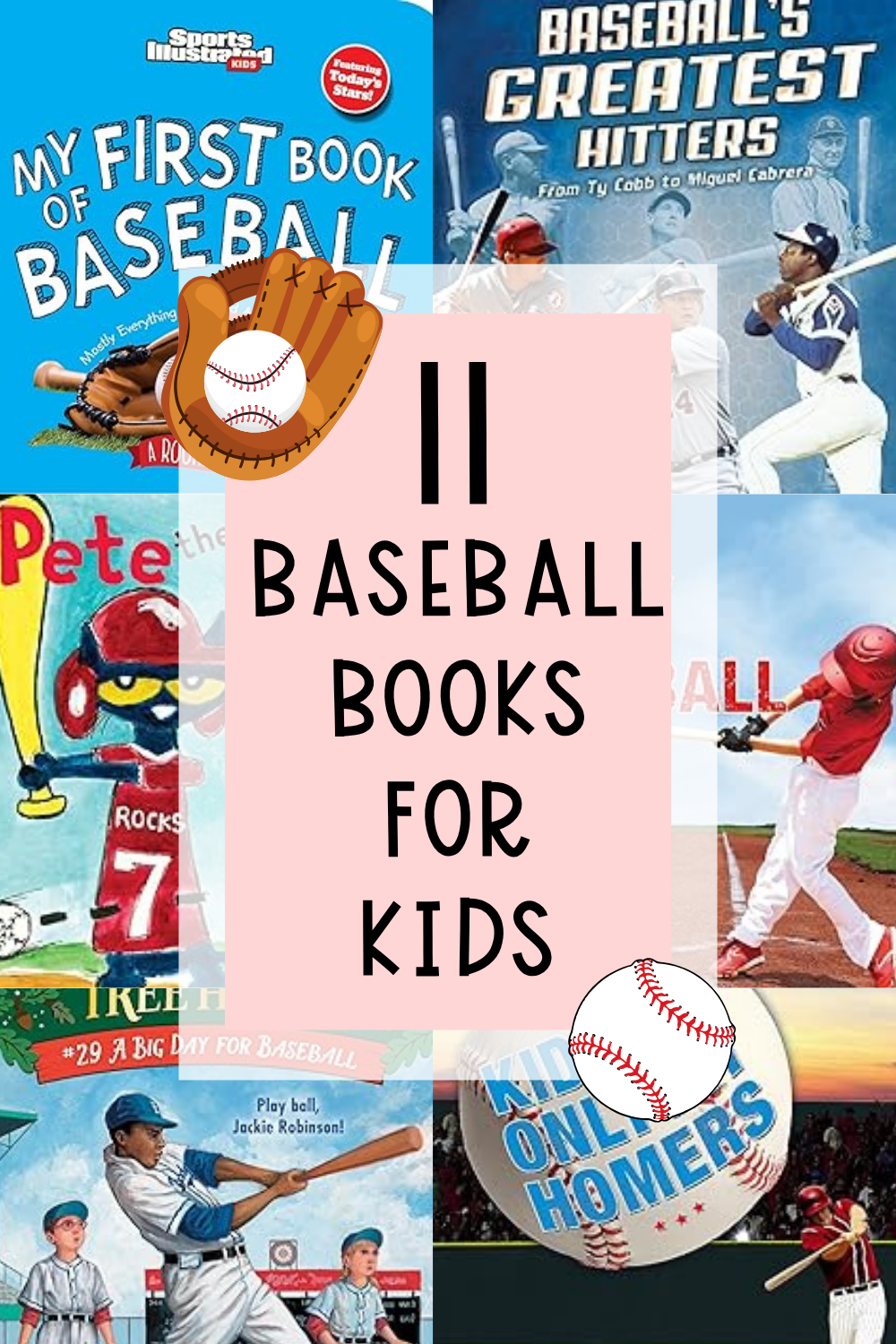***Disclosure: This post contains an Amazon affiliate link that at no additional cost to you, I may earn a small commission when you purchase through the link from my blog. Thank you for your support!
Fairies have long fluttered through children’s imaginations with their shimmering wings, forest homes, and mysterious magic. Fairy-themed books open the door to enchanted worlds where anything is possible—perfect for inspiring creativity, kindness, and a little sparkle in everyday life.
In this post, I’m sharing my favorite fairy books for kids, organized by age group. I’ve also included whimsical activities and thoughtful questions to help children connect with the stories and stretch their imaginations. Let me know which fairy tale becomes a favorite in your home or classroom!
Table of Content
- Why Read Books About Fairies?
- The Role of Books in Teaching Kids about Fairies
- 11 Fairy Books For Children
- What Fairy Book(s) Are You Going To Read Later?
Why Read Books About Fairies?
Fairy books offer a magical escape into worlds filled with wonder, adventure, and gentle life lessons.
Whether they’re flying through flower gardens, helping woodland creatures, or solving tiny mysteries, fairy characters show kids that even the smallest beings can make a big difference. These stories encourage imagination, creativity, and a deep appreciation for nature and friendship.
Reading about fairies helps children explore emotions, develop empathy, and believe in the beauty of unseen magic.
The Role of Books in Teaching Kids about Fairies
While fairy books are full of fun and fantasy, they often deliver important messages, too.
Kids learn about kindness, bravery, teamwork, and problem-solving through the eyes of these gentle magical beings. Many fairy stories explore themes like helping others, protecting nature, or finding the courage to speak up—all wrapped in glittery, enchanting tales.
Whether set in lush gardens, magical forests, or whimsical fairy villages, these books help kids explore both inner strength and the wonders of the natural world.
How to Use Books about Fairies with Children
Here are a few ways to make fairy books even more magical and meaningful:
- 🧚 Ask Open-Ended Questions: After reading, ask: What kind of fairy would you be? or If you found a fairy in your backyard, what would you do? In class, use Turn and Talk to let imaginations take flight!
- 🎨 Engage in Fairy-Themed Activities: Create fairy wands, build a fairy garden, or make glittery story stones. You can even write your own fairy tale or go on a fairy hunt during a nature walk!
- 📚 Refer Back to the Books: During pretend play, garden time, or SEL lessons, revisit favorite fairy characters and their choices. For example, How did the fairy help her friend? or What would the fairy do in this situation?
- 👨👩👧 Involve Other Caregivers: Fairy books are a sweet way for parents, grandparents, and caregivers to connect with young readers. Share books and then create fairy-themed crafts or recipes together—fairy bread, anyone?
11 Fairy Books For Children
Younger Children (Ages 3-6)
#1 “Fairies Are Real!” by Holly Hatam
This glimmering board book offers babies and toddlers a peek into the whimsical world of fairies. Discover what makes them so magical!
Encourages curiosity and wonder, fostering a belief in magic and the unseen.
Activity Suggestion: Seed Planting – Since a fairy is born each time a seed is planted, have children plant seeds and imagine the fairy that might emerge.
Discussion Questions:
- What new things did you learn about fairies from this book?
- How do you think fairies help nature?
- If you were a fairy, what would your special power be?
#2 “Good Night Fairies” by Adam Gamble
Good Night Fairies explores flower fairies, sea fairies, butterfly fairies, pixies, rainbow fairies, glitter fairies, cloud fairies, gnomes, elf fairies, brownies, will-o’-wisps, star fairies, moon fairies, and more.
Fosters imagination and a sense of wonder through magical diversity.
Activity Suggestion: Fairy Classification Chart – Create a chart categorizing the different fairies mentioned in the book.
Discussion Questions:
- Which type of fairy was your favorite and why?
- How do you imagine the world looks through a fairy’s eyes?
- Can you create your own type of fairy? What would they look like and what would they do?
#3 “The Fart Fairy” by Bobbie Hinman
Accompanied by his pet skunk, a bag of beans, and a little red book entitled “It Wasn’t Me,” a mischievous little fairy is blamed for the embarrassing sounds and odors that are part of everyday life.
Promotes acceptance and understanding of natural processes through humor.
Activity Suggestion: “It Wasn’t Me” Skit – Act out scenarios where the Fart Fairy might be blamed, fostering creativity and humor.
Discussion Questions:
- Why do you think the author created the Fart Fairy?
- How does humor help us deal with embarrassing situations?
- What would you name your own mischievous fairy, and what would they be responsible for?
Lower Elementary Children (Ages 7-9)
#4 “Backyard Fairies” by Phoebe Wahl
A girl searches for fairies in her backyard and the woods beyond, following little clues and traces of magic. Fairies and other magical creatures can be found on every page.
Celebrates imagination and finding magic in everyday life.
Activity Suggestion: Nature Scavenger Hunt – Search for natural items that could be signs of fairies.
Discussion Questions:
- What clues did the girl find that made her believe in fairies?
- Why is it important to use our imagination when exploring nature?
- How does believing in fairies change the way we see the world?
#5 “Magical World of Fairies” by Federica Magrin
This beautifully illustrated book invites readers into the enchanting world of fairies as they guide children through forests, gardens, and magical meadows.
Encourages curiosity about nature through fantasy and folklore.
Activity Suggestion: Fairy Journal – Keep a journal of daily magical or nature-related observations.
Discussion Questions:
- Which fairy from the book would you want to meet, and why?
- How do the fairies protect or help nature in the story?
- What’s something new you learned about the natural world?
#6 “The Story of the Butterfly Children” by Sibylle von Olfers
This classic tale follows the Butterfly Children as they wake from their winter sleep and prepare for spring.
Illustrates nature’s beauty and renewal through whimsical characters.
Activity Suggestion: Spring Dance – Create a simple movement routine to mimic the awakening of the Butterfly Children.
Discussion Questions:
- What happens when the Butterfly Children wake up?
- What is the role of Mother Nature?
- What do you look forward to when spring arrives?
Check Out Capybara-Theme Daily Reflection Journals For Kids!
#7 “Read-Aloud Fairy Poems” by Kirsti Ringger
This collection of whimsical poems celebrates fairy life, from tiny wings to moonlit dances.
Nurtures imagination and an appreciation for poetic expression.
Activity Suggestion: Write Your Own Fairy Poem – Encourage children to write their own rhyming verse.
Discussion Questions:
- Which poem was your favorite, and why?
- What images do you picture when you hear the poems?
- What would your fairy poem be about?
Upper Elementary Children (Ages 9-11)
#8 “The Complete Book of the Flower Fairies” by Cicely Mary Barker
This timeless treasury brings together all of Cicely Mary Barker’s flower fairy poems and illustrations.
Encourages appreciation for flowers, seasons, and magical worlds.
Activity Suggestion: Flower Pressing – Preserve flowers mentioned in the book and pair them with poetry.
Discussion Questions:
- What are some of the flowers featured in the book?
- Which season’s fairies do you like best?
- If you were a flower fairy, what flower would you choose and why?
#9 “Little Fairy Makes a Wish” by Daniela Drescher
A young fairy named Faith goes on an adventure to help an injured bird, discovering the power of kindness and magic.
Reinforces kindness, empathy, and initiative in helping others.
Activity Suggestion: Wish Jar – Have kids write or illustrate something kind they’d like to wish for someone else.
Discussion Questions:
- What did Little Fairy wish for?
- Why is it important to help others?
- What does this story teach us about kindness?
#10 “A Natural History of Fairies” by Emily Hawkins
Styled like a field guide, this richly illustrated book explains the biology, habitats, and behavior of fairies.
Inspires observation and scientific curiosity through fantasy.
Activity Suggestion: Design a Fairy Species – Kids invent their own fairy, complete with habitat, food, and powers.
Discussion Questions:
- Which type of fairy did you find most interesting?
- How does this book make you think about the real natural world?
- What would a fairy’s daily life look like?
#11 “Magical Forest Fairy Crafts Through the Seasons” by Asia Currie
This hands-on book includes over 25 nature-inspired craft projects and seasonal activities.
Celebrates creativity and the bond between imagination and the natural world.
Activity Suggestion: Seasonal Fairy Festival – Create crafts for a fairy celebration each season.
Discussion Questions:
- Which craft are you most excited to try?
- How do the crafts change with each season?
- Why is it fun to make things using nature?
Grab these free resources to make your teaching life easier!
What Fairy Book(s) Are You Going To Read Later?
Fairy books for kids bring a sprinkle of magic to storytime and inspire young hearts to dream, imagine, and believe. Whether silly, sweet, or full of adventure, these stories remind us that even the tiniest wings can lead to big discoveries.
Which fairy-themed book will you flutter into next? Tag me on Instagram @LittleYellowStarTeaches and share your magical crafts, fairy gardens, or favorite enchanted reads!
Happy reading!
Prima at LittleYellowStar
* * *

